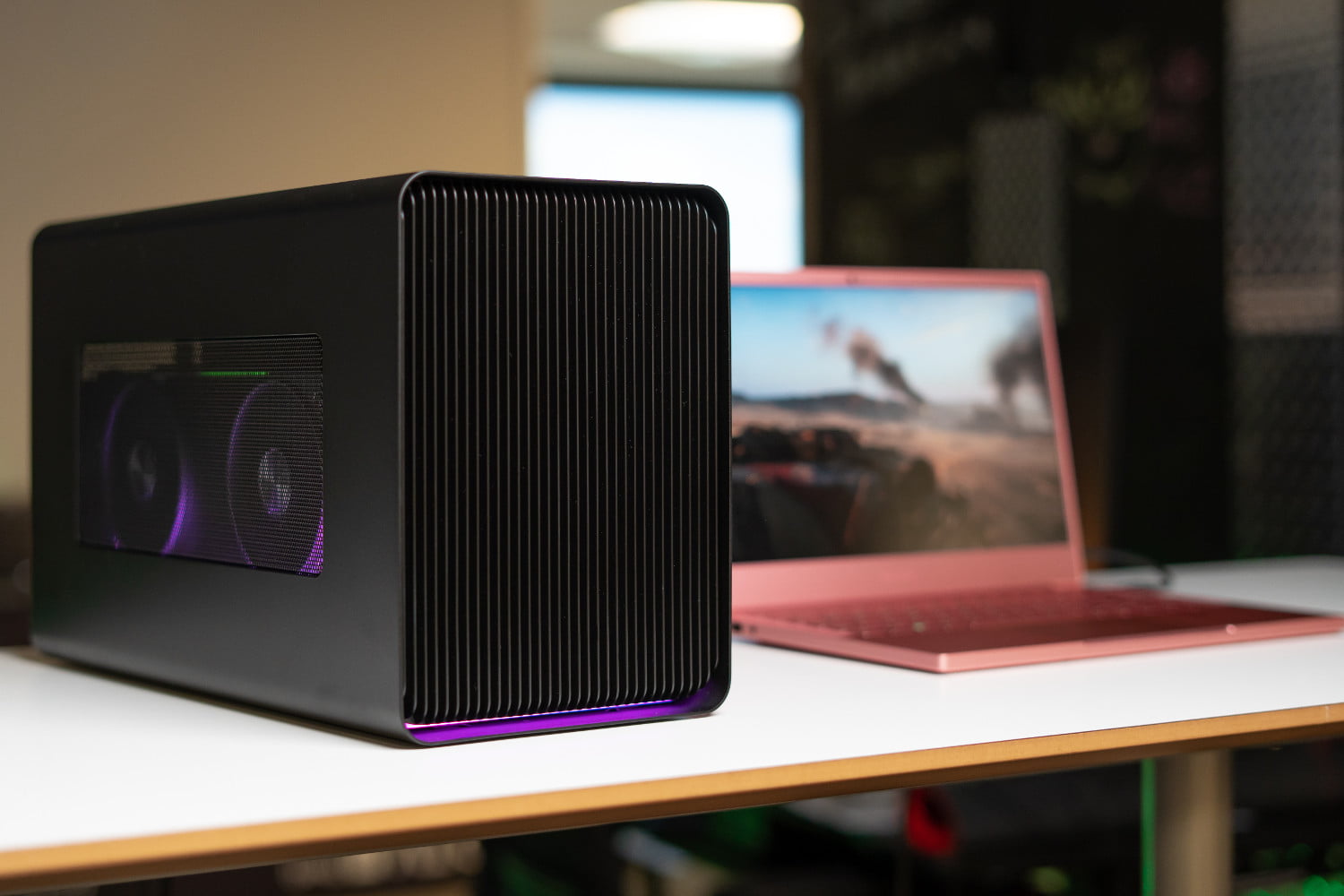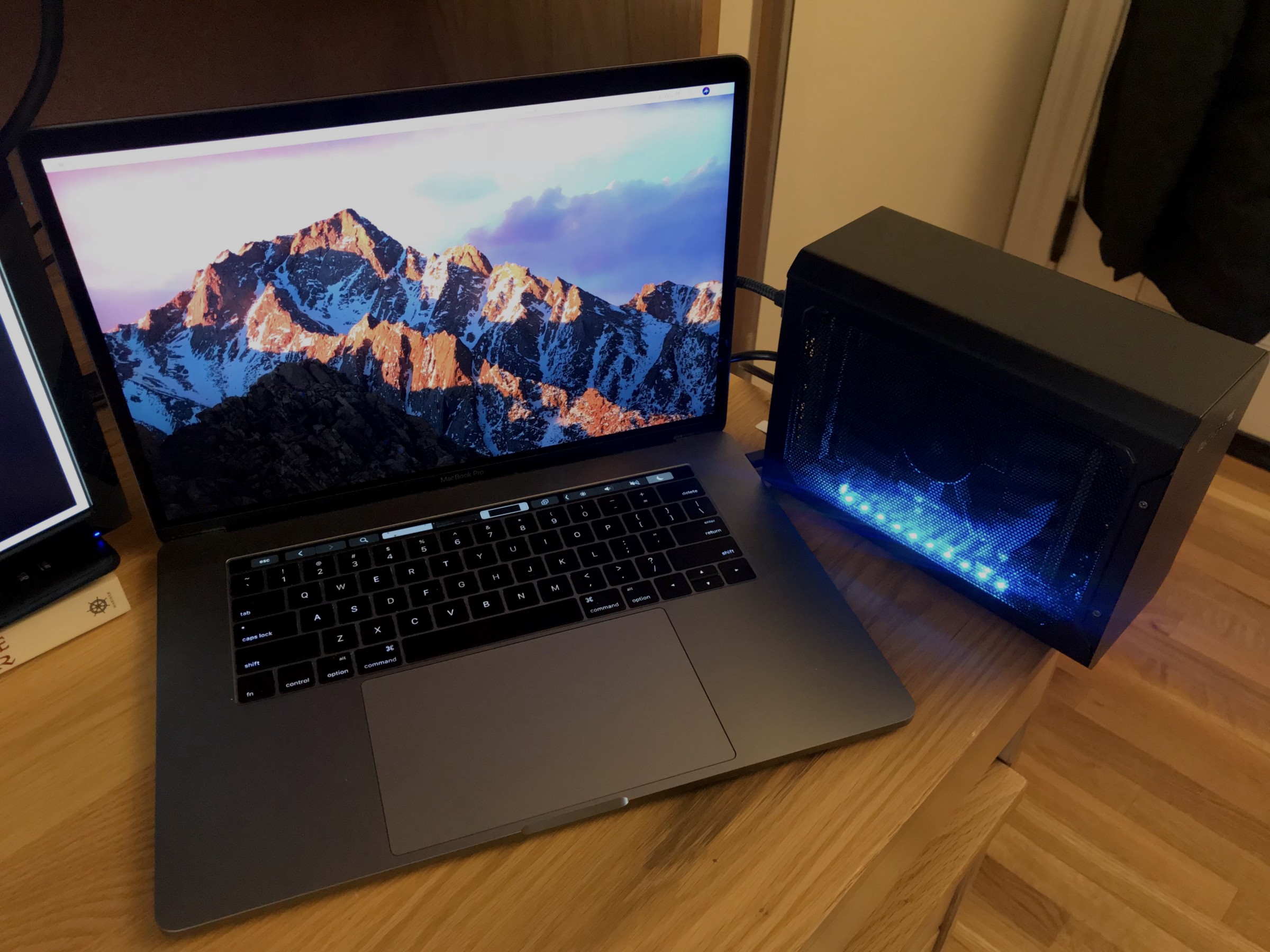

They simply had to include a SATA to USB Type-C bridge in order for the SSD to work externally via USB. As seen from the images, the Seagate Fast SSD is actually an SSD with a SATA interface. We realised that the Seagate Fast SSD is actually a very simple device. This is done by the use of thermal pads, which comes between the SSD controller and the metallic exterior. The metal portion of the SSD enclosure is not just for looks, but actually helps the drive to better dissipate heat. We had to pry open the bottom side of the SSD, which was held in by latches. To better understand the Seagate Fast SSD, we had to do a tear-down of the device. Judging on the physical size of the storage device, we can expect that this drive could contain SSD PCB that is created for a standard 2.5-inch form factor SSD. In the market today, M.2 based external SSDs are a lot more portable. It is a pity that the Seagate Fast SSD’s size is still considered quite big when compared to other external SSDs on the market. It’s great that we can have both cables, and adapt the external SSD to the right interface needed. Within the case, Seagate has also included both a USB Type-C to USB Type-C cable and a USB Type-C to USB Type-A cable. It sports a combination of metallic and plastic materials, both complementing each other to show a sense of premium product. The Seagate Fast SSD comes in sturdy looking case. But is it really as “fast” as it seems to be? Let’s find out.

Seagate probably ran out of ideas while naming this external SSD, thus just calling it “Fast”. With the technology available, they have also announced the new Fast External SSD.

Their first consumer SSD product was the BarraCuda SSD, which was a relatively basic 2.5-inch SATA based drive. While their primary business is focused on hard drives, Seagate did also venture into the consumer SSD last year. When you hear the brand Seagate, you will probably think about hard drives.


 0 kommentar(er)
0 kommentar(er)
